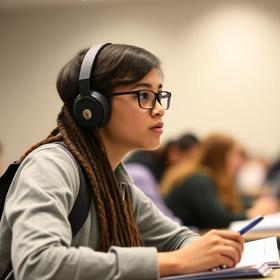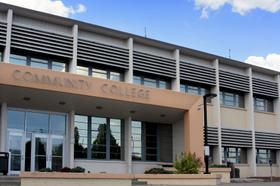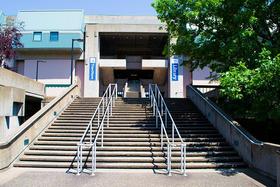Community colleges are a vital part of the world of higher education in the United States. With a long and illustrious history, these institutions have seen more than their share of trends over the decades. Check out these critical trends in community colleges as they redefine their place in tertiary education.
More High School Students Taking Community College Classes
High school students interested in getting a head start on higher education are discovering the benefits of dual enrollment in community college classes while still in high school. The Wall Street Journal calls these head start programs a low-cost way for students to gain college credits, which makes it that much easier for them to attain a two or four-year college degree in the future. Community colleges are also now partnering with local high schools to provide remedial education that prepares them for college-level work prior to high school graduation.
More Traditional Students on Community College Campuses
The New York Times has reported an increase in high school graduates attending community college right after high school with the intention of obtaining a four-year degree through a transfer program. With a sluggish economy and much focus on the extent of student debt today, community colleges are now seen as a viable and cost-effective alternative to getting a start in higher education. In addition, as younger students begin to permeate community college campuses, the demographics and overall environment of community colleges may






















